I was invited to join Faith Ortins, founder of Blue Green Expeditions, at the far reaches of our world, as she headed to the south pole on an expedition to dive the cold polar waters of the Antarctic. This felt like the final puzzle piece to my year. It had long been my dream to go to Antarctica and to learn about the critical role our polar regions play in climate stabilization. I was mesmerized by the dynamic world of snow and ice that is found there. Antarctica was filled with more wildlife than I ever could have imagined.

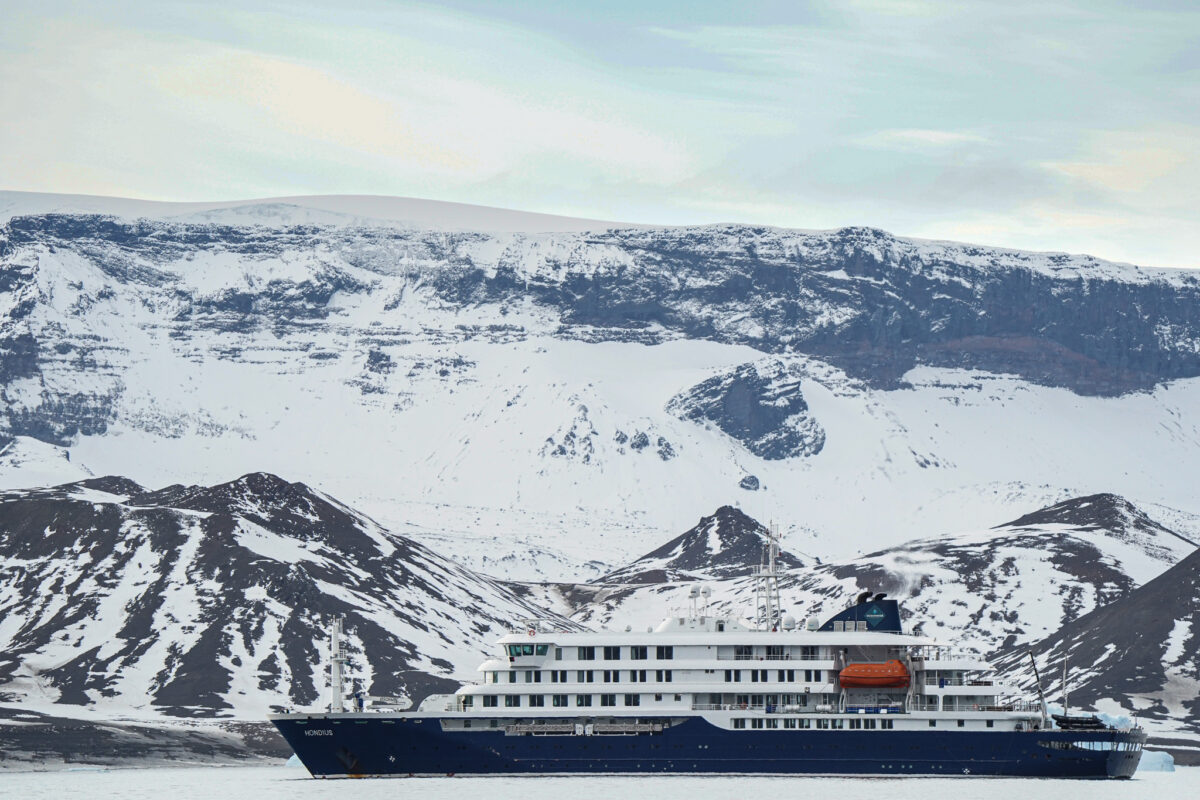
When I landed in Ushuaia, I was in awe as I stepped out of the airport, to be greeted by majestic snowcapped mountains that bordered the whole town. This place really did feel like the ends of the Earth. I was excited to meet the rest of the diver team led by Faith, as we briefed and prepared for onboarding the ship. We had a few hours of down time, and I used that time to head to the post office, where I had been told I could get my passport stamped. It was odd to me that they didn’t stamp it at the airport but I was happy for the little adventure. But it only got odder when I got to the post office and asked the clerk if she could stamp my passport and she pointed to the table behind me, told me to pick a stamp and stamp it myself. What a silly concept, I thought. So I headed over to the table and tested every stamp there until I settled on a pretty one that had Antarctica on it. Then I spent an even more silly amount of time trying to decide where to stamp it. I bet the border agents never think about it that hard, but here I was trying to decide what exact angle of placement would make it look the coolest. When I eventually calculated the exact angle of coolness and finally stamped my passport, I rejoined the group just barely in time to board the ship, the M/V Hondius.
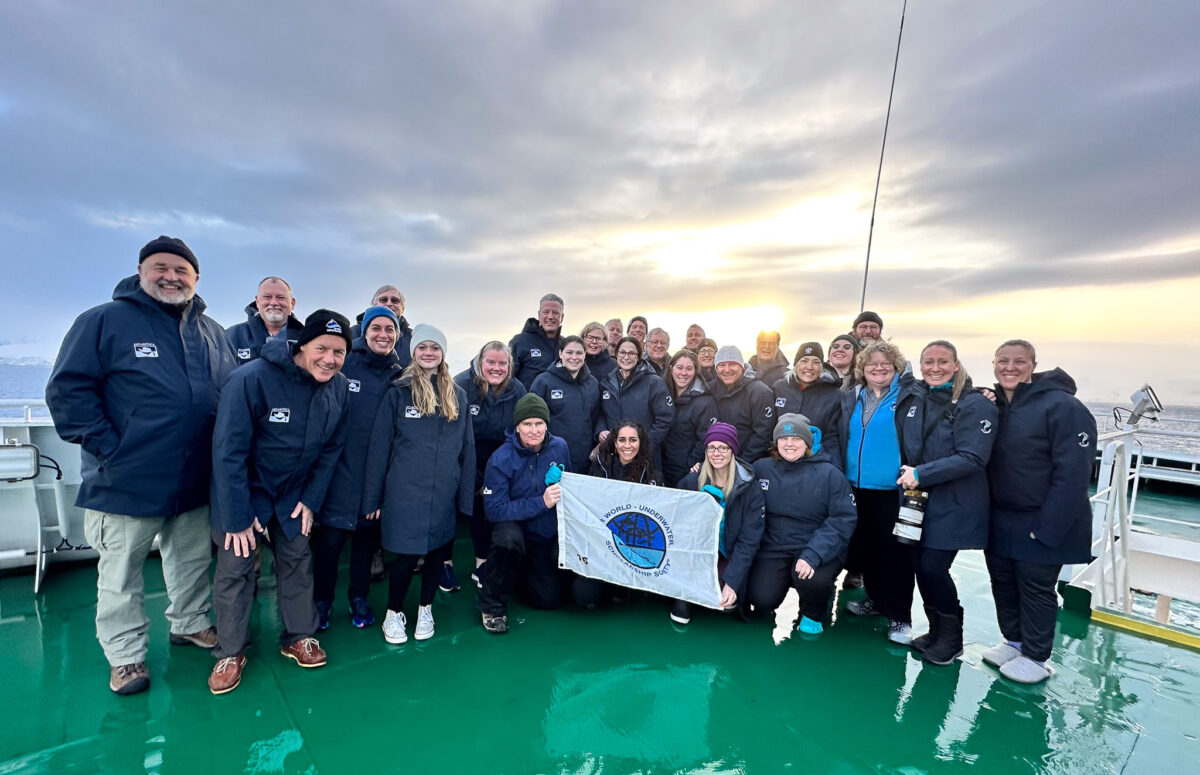
From the moment I stepped foot onto the M/V Hondius, it felt like I was transported to a new world–the world of explorers and far-to-reach places. The ship had an aura of learning and discovery, with its large lecture hall and viewing platforms and the beautiful bridge with a nearly 360 degree view of the surroundings. We spent our first three days navigating through the inland waters of Argentina amidst pods of dolphins and then crossing the Drake passage. We were warned about the “Drake Shake” but instead found rather mild conditions for our crossing. As we neared land, we saw more and more seabirds and our first glimpses of penguins. On the morning of our third day, we woke up to sunrise over the mountainous Elephant Island that Shackleton and his crew survived their historical winter upon. We could even see the Shackleton statue mounted at the shoreline. We weren’t able to go to shore due to rough conditions, so instead we circumnavigated the island. As we navigated around, we came upon a superpod of fin whales feeding. What I thought had been whitecaps in the distance, were in fact hundreds upon hundreds of blows from the second largest whales in the world. We spent hours amidst the whales, with spray from the rough waves and whale blows blending together into one. Never had I seen so many large whales in one place.
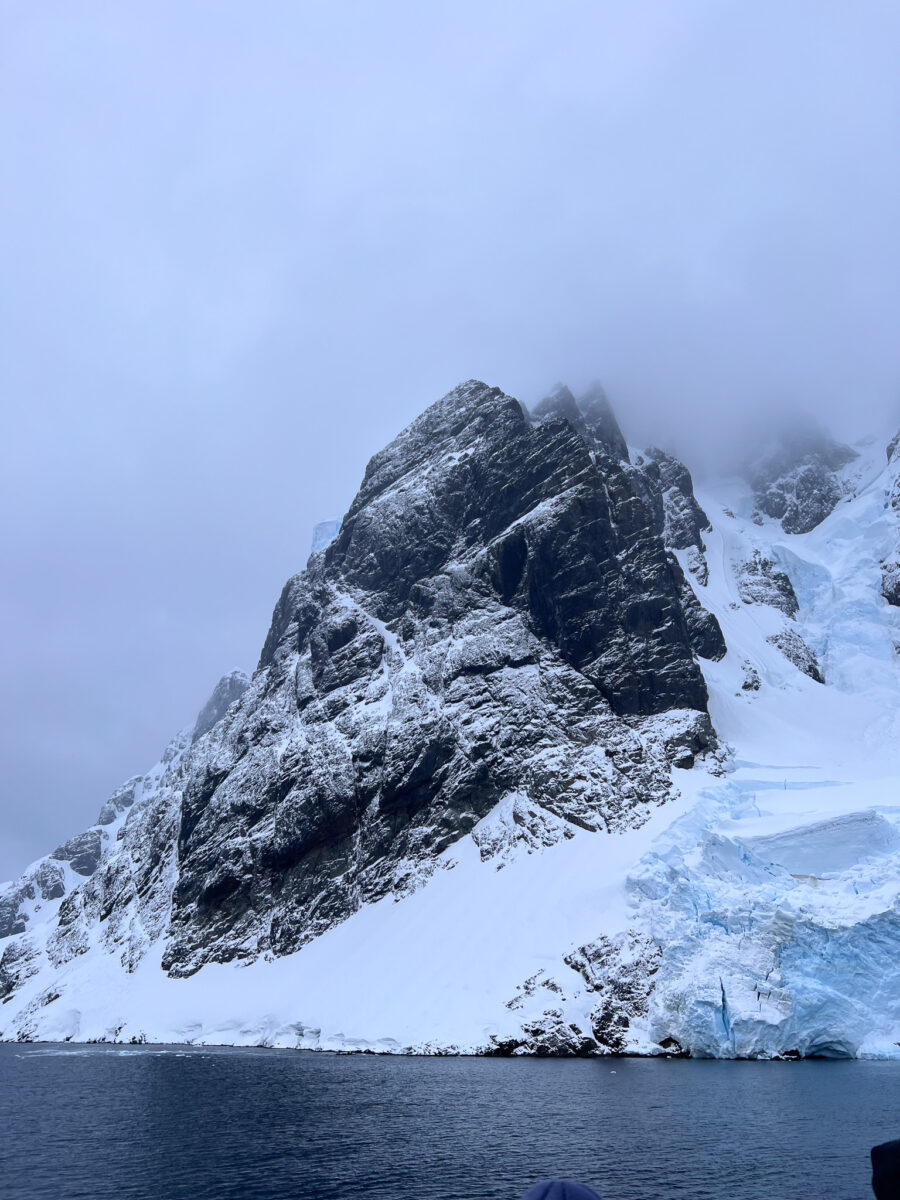
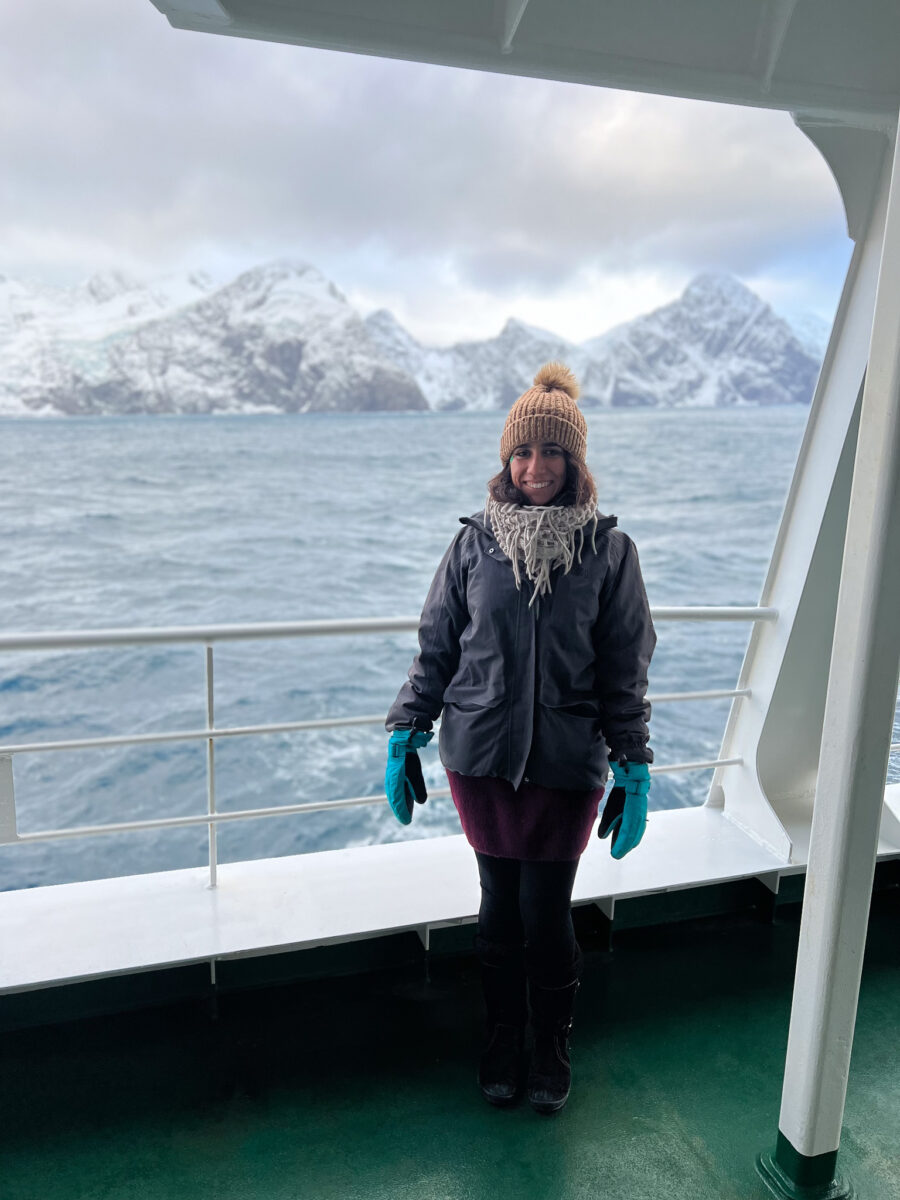
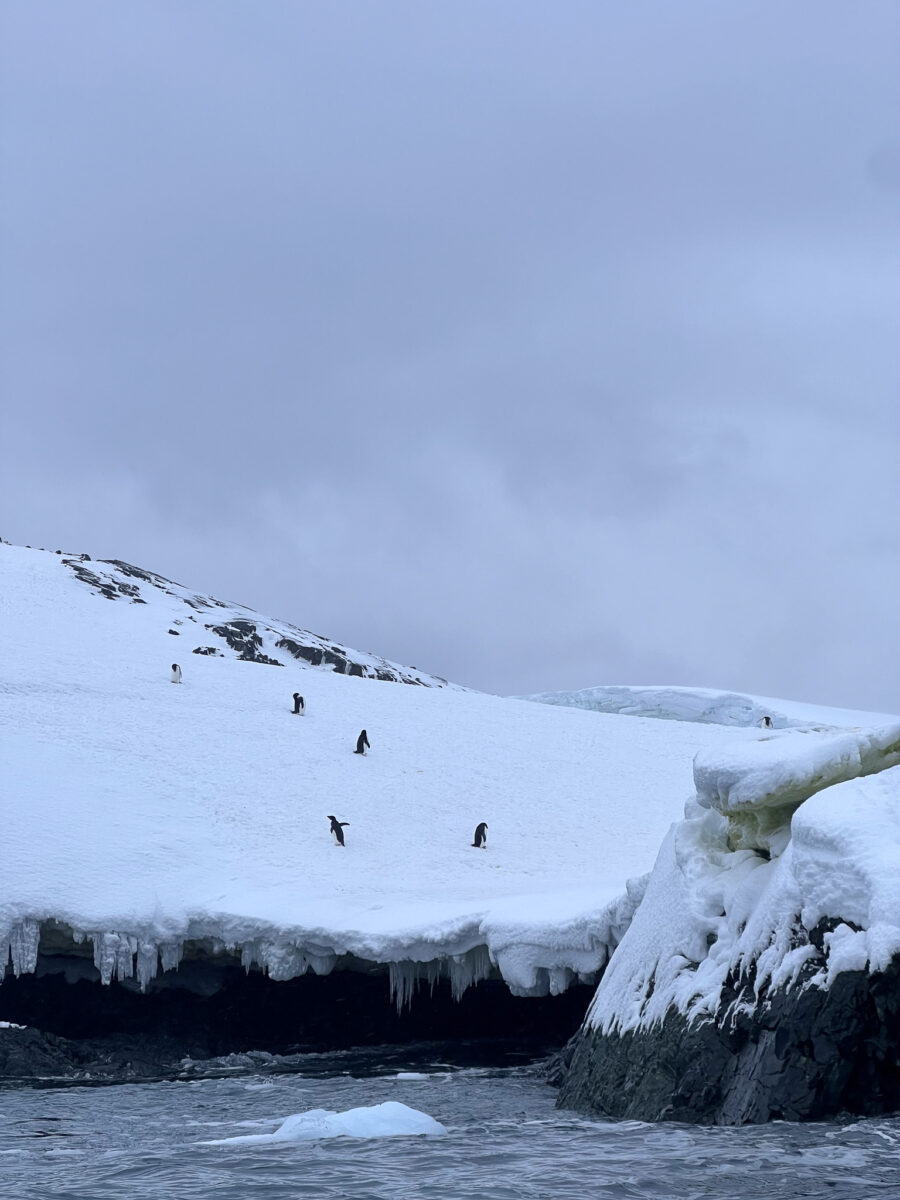
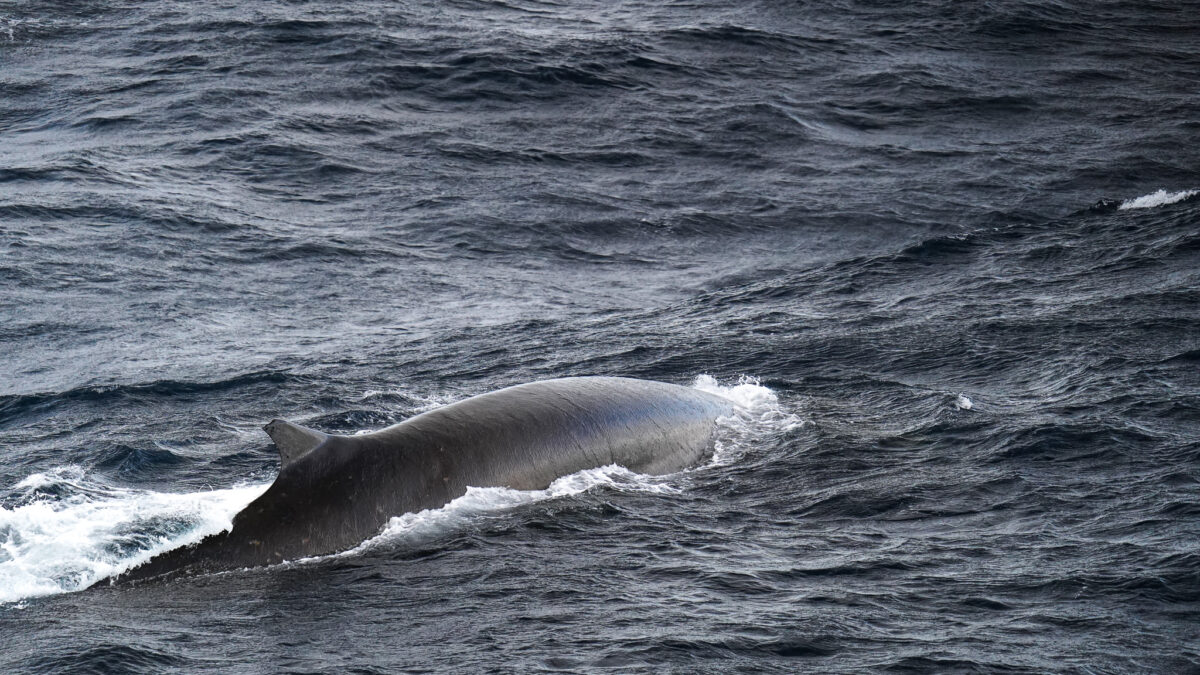

We pressed onward to our next destinations and continued to encounter incredible wildlife along the way. On the fourth day, we watched type B orcas chase down a penguin, only for it to get away. Everyone on the boat had been holding their breath, unable to decide who they were cheering for.
As the guests prepared for their first shore excursion, the divers geared up for their first dive. I joined the snorkelers so that I could ease into diving in sub-polar waters as I had never been in a drysuit in water so cold. We layered on our many layers and then headed out to a nearby iceberg to snorkel. I hopped in with my camera and swam over to the berg. I tried to snap a few pictures but could barely feel my fingers. Within minutes my fingers felt like ice, and I scrambled back onto the zodiac to try to shake some life back into them. I was so embarrassed that I had barely lasted five minutes in the Antarctic water. How was I going to be able to do a full dive??
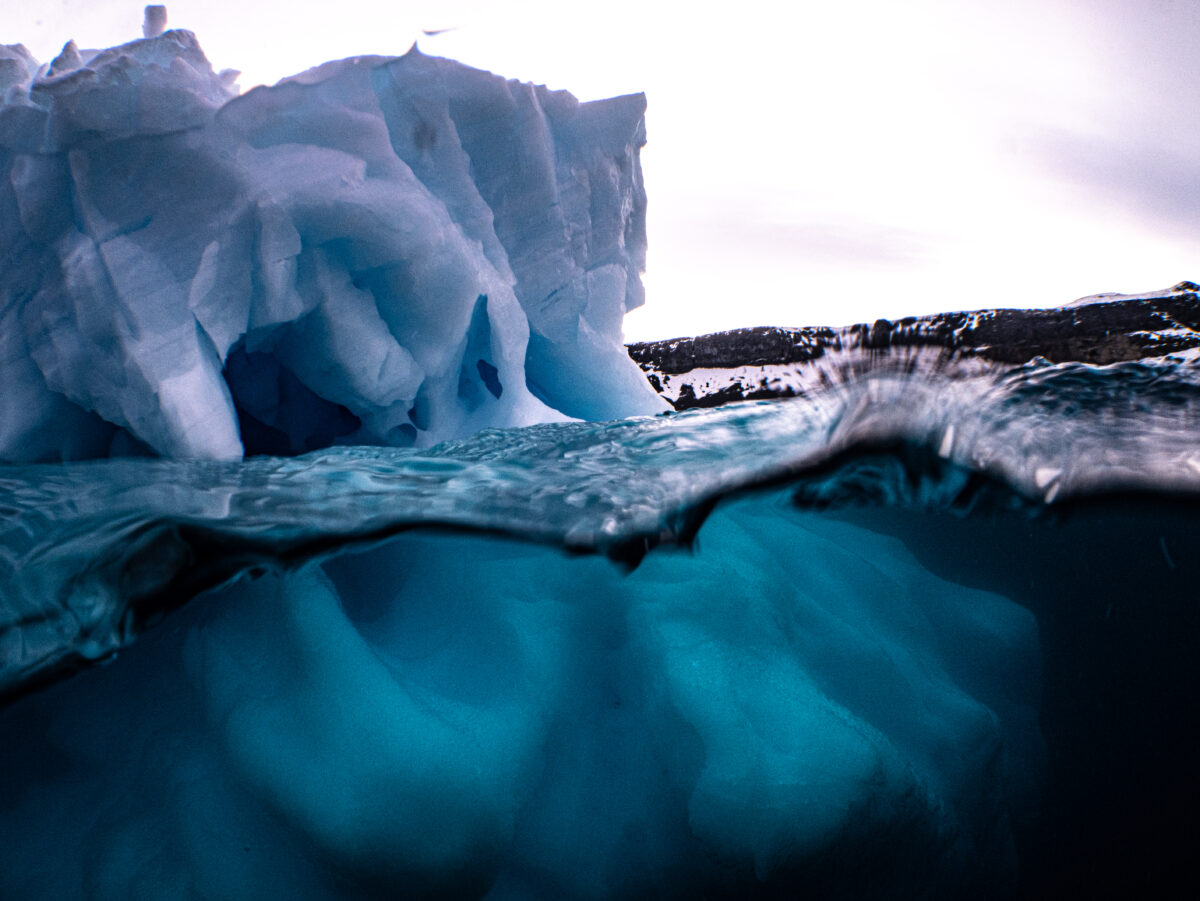

As I returned to the boat, Faith lent me a thicker pair of liners to use on my next snorkel. She told me I had to be able to stay in the water for a while snorkeling before I could join the divers. So when our next opportunity to snorkel came up and I was given the choice to either go to land or snorkel, I knew I was so tempted to just go on land, because I had been so so cold in the water the last time. But I was determined to master my fears and learn to ice dive. So I decided to snorkel. I expertly sandwich-layered my dry gloves with a liner, a hot pack, another liner, another liner and then my dry glove. By the time I got all the layers on I could barely move my hands enough to cross my fingers and toes that the layers would work this time. I layered so much that I was sweating as we headed out. My goal was to make it at least 10 minutes in the water. We got to our snorkel site, hopped in, and I immediately heard Faith’s voice shouting, “Rosie! Behind you! Leopard seal!”
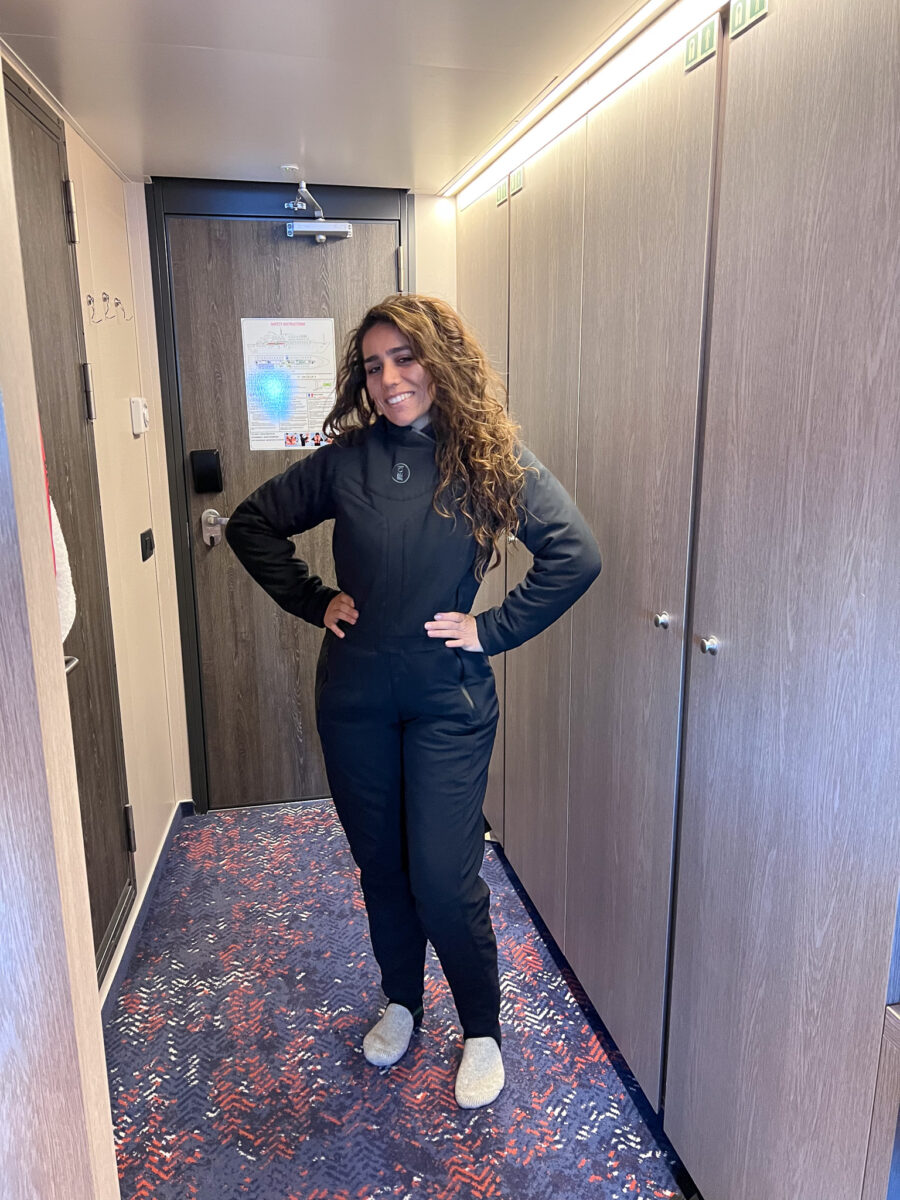
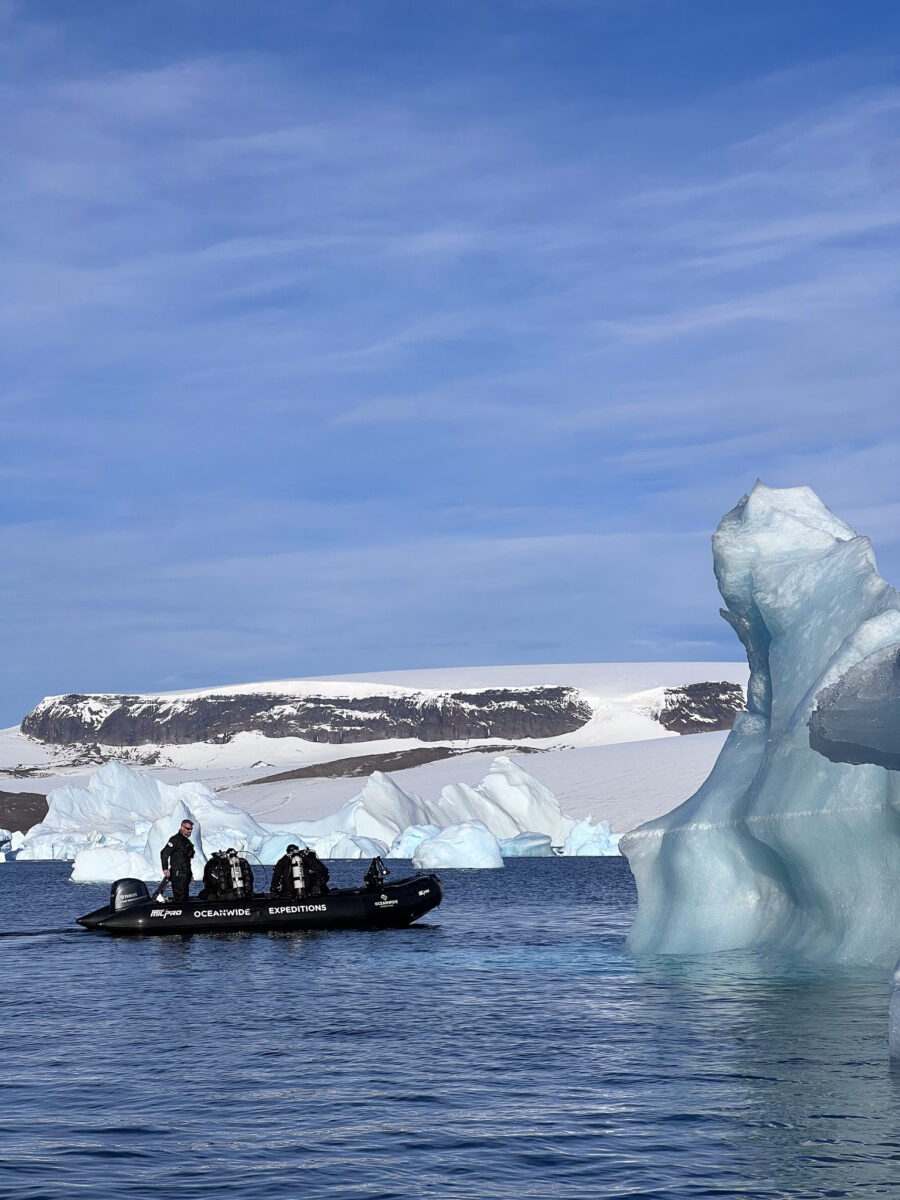
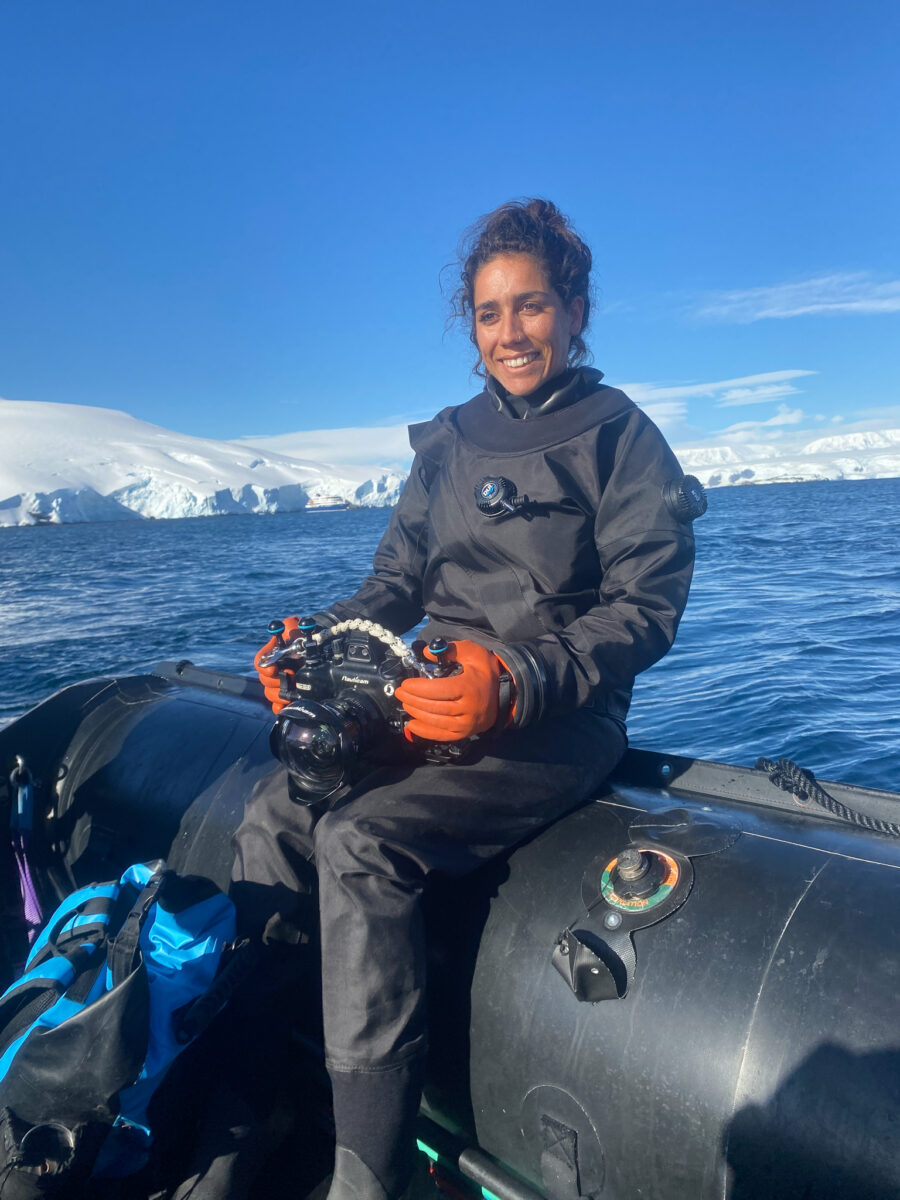
I spun around to come face to face with one of the apex predators of the Antarctic. I held my breath as it swam up and did a fly-by, checking me and the other two snorkelers out. The leopard seal continued to swim around us for the next 30 minutes, and instead of fear, I felt this incredible mutual curiosity. The leopard seal would swim in and out playfully around us and come right up to us to check us out. It was one of the most incredible encounters I have ever had.

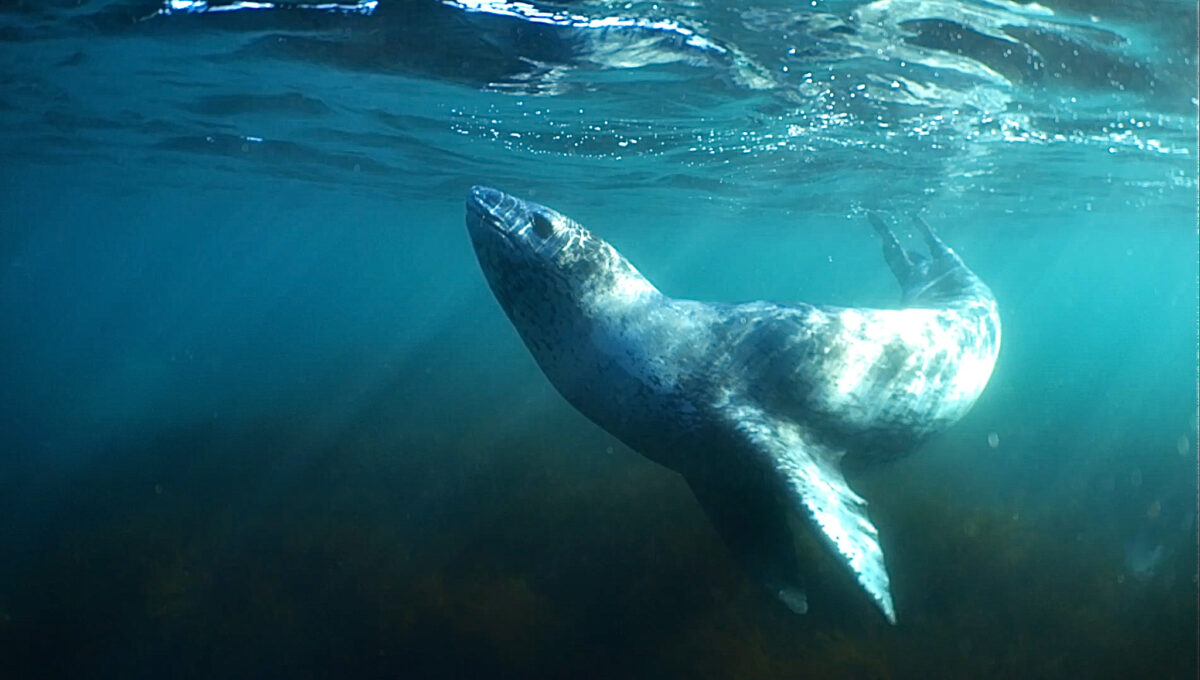
Soon the penguins started coming back inshore and the leopard seal switched its energy and went into hunt mode. We watched it zipping back and forth after penguins and eventually make its first kill. Nat Geo Photographer, Becky Kagan-Schott and I were in the water observing as the leopard seal began devouring its prey underwater. When I eventually climbed back on the zodiac, with a dead camera battery and the most unforgettable memories emblazoned in my mind, I realized I had spent an hour in the water – far surpassing my goal of lasting ten minutes.
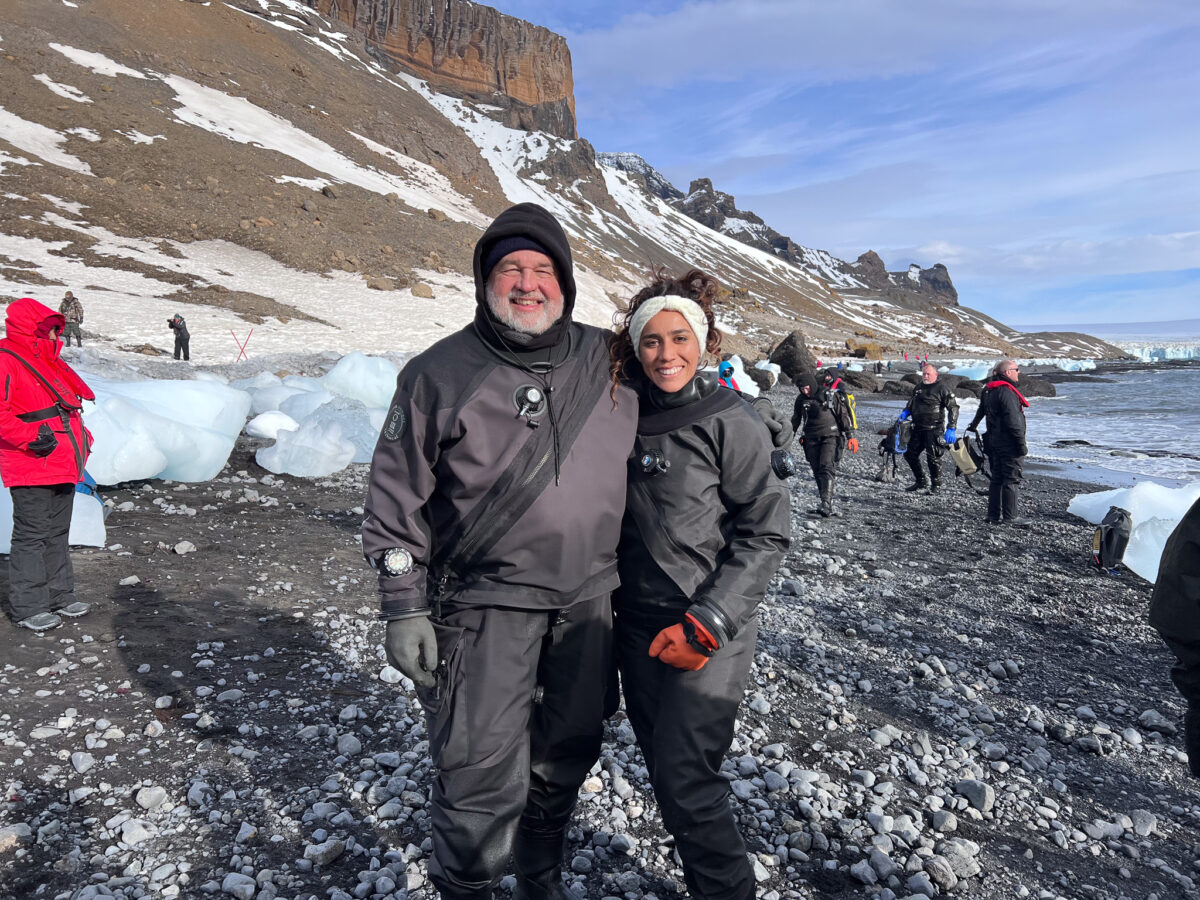

The following days of the trip were filled with beautiful shore excursions, including making landfall on the Antarctic continent and below the Antarctic circle, a polar swim, wildlife interactions including humpbacks, fur seals, penguins, seabirds, and more. And I made my first dives in polar waters with OWUSS board chair, Vinny Malkoski, as my dive buddy. The Antarctic landscape below the surface was so much more alive than I ever expected, full of green algae, kelps, invertebrates and fish. On our last dive, we had the opportunity to dive a whale graveyard at an old whaling station. At first I couldn’t see the whale bones, but once I started to look, I realized they were everywhere. The whole sea floor was littered with them. It was eerie and left me a lot to think about as I reflected on how far we’ve come and how far we have yet to go to ensure that we can look forward to a better future.

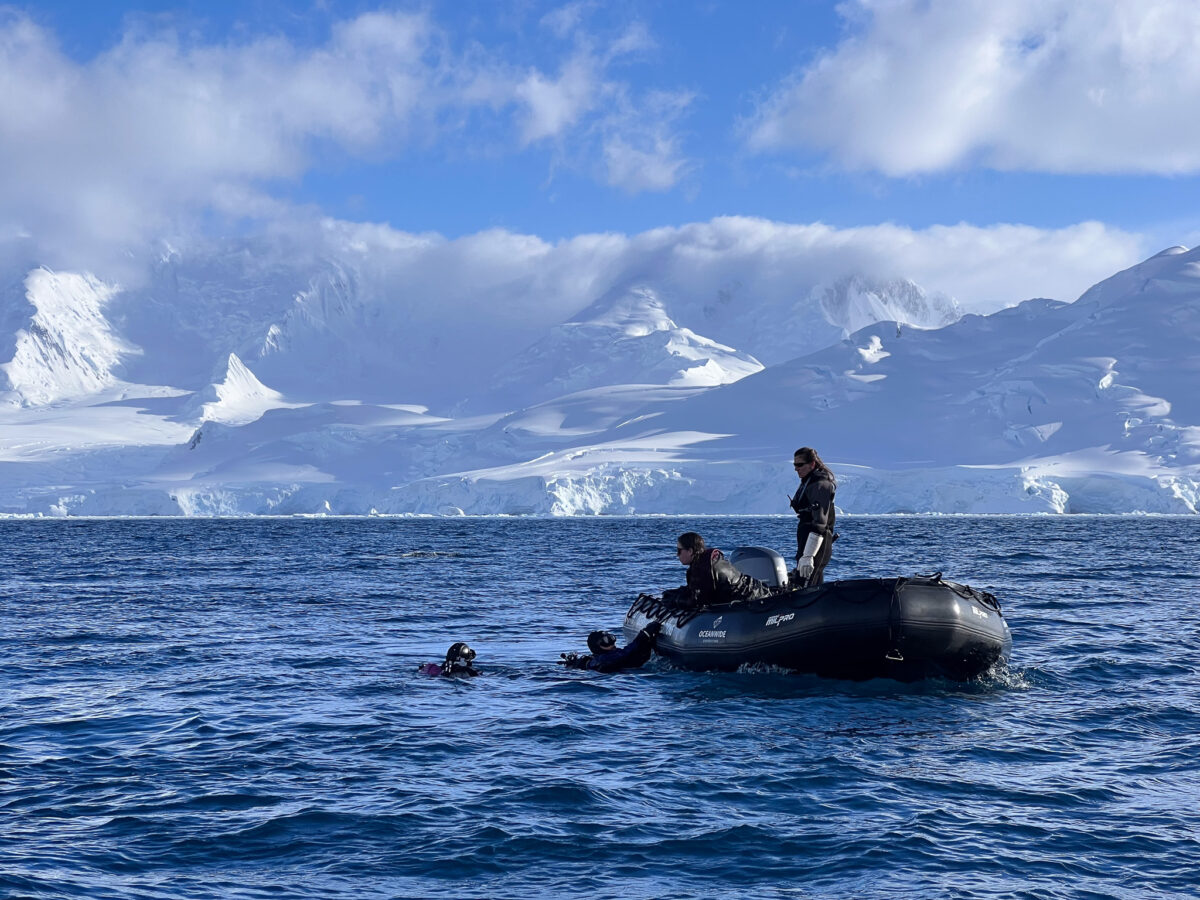
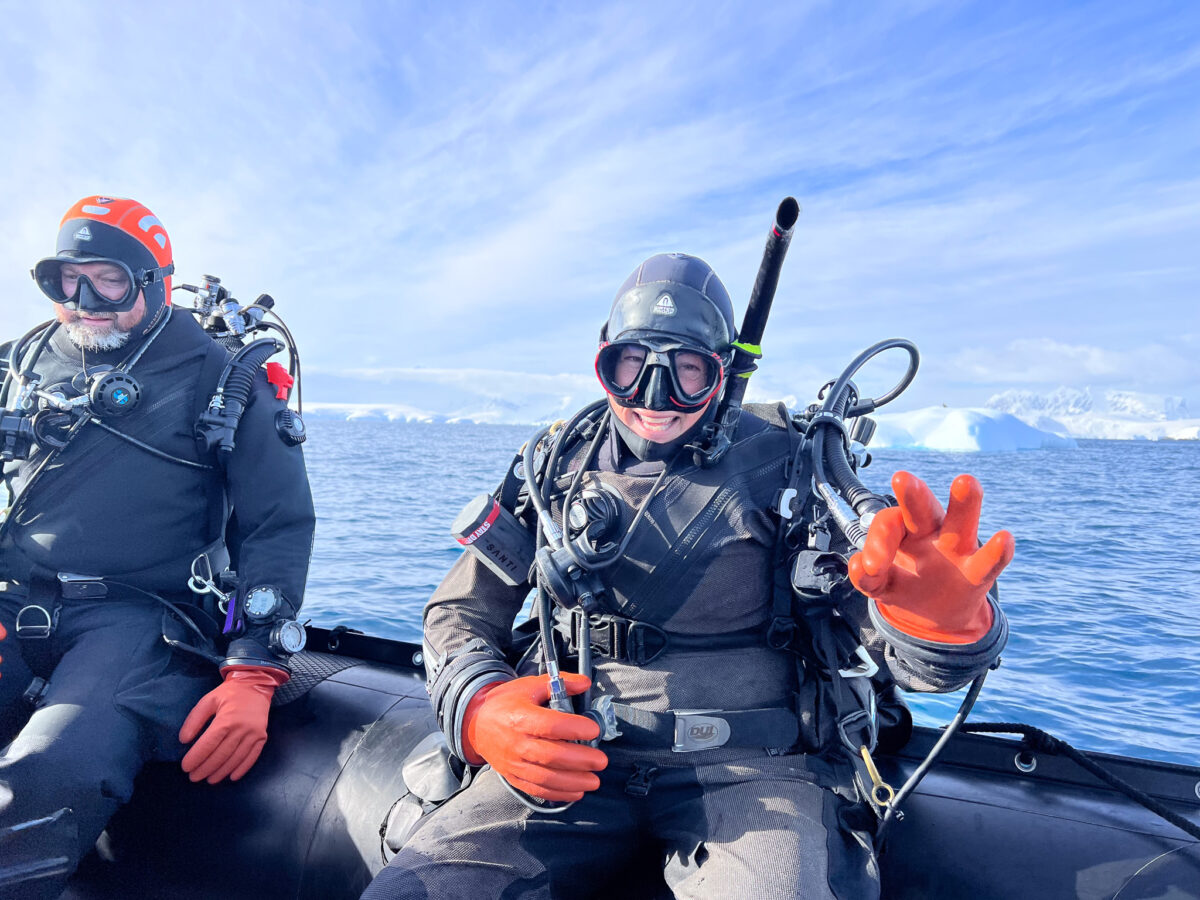
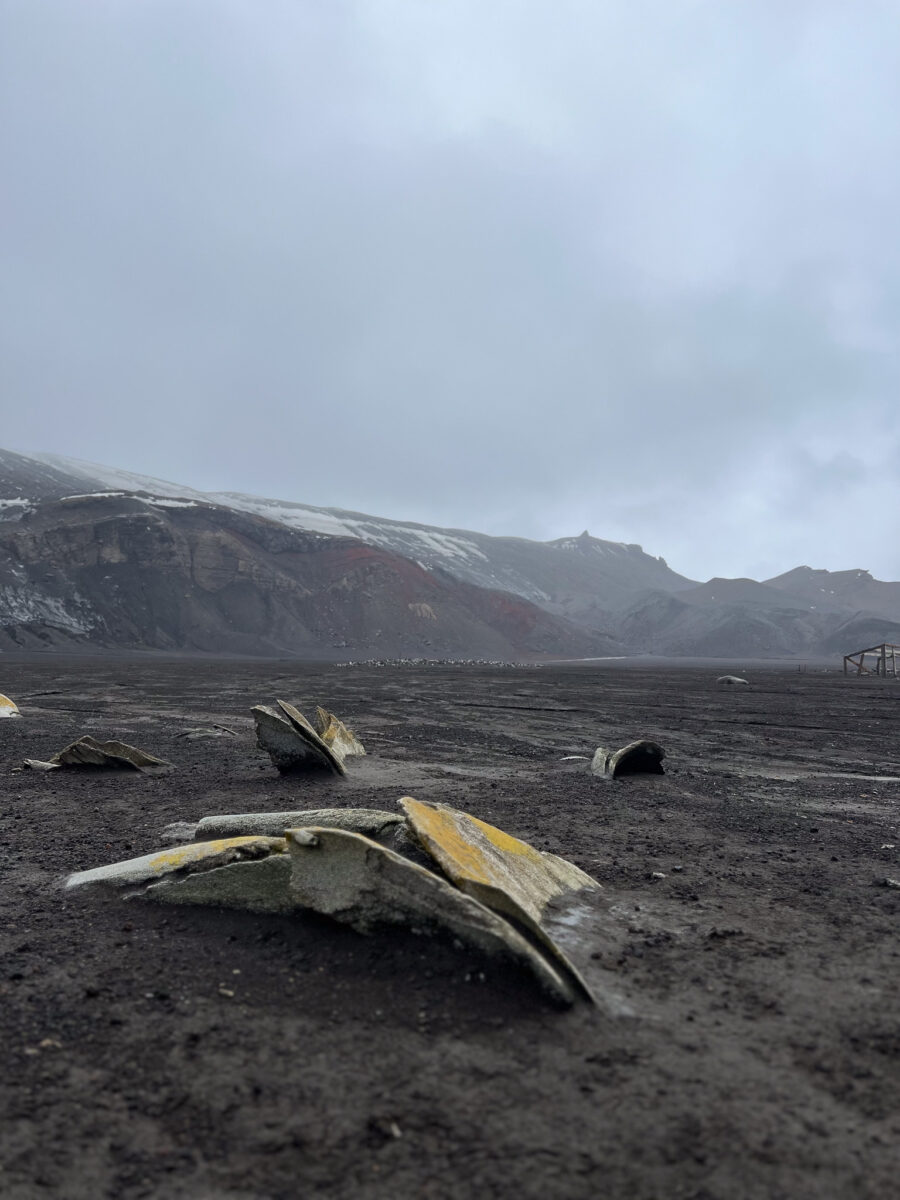

Very few people have the opportunity to visit Antarctica, let alone to dive below the surface into the Antarctic waters. But with Blue Green Expeditions we had the opportunity to do both. Antarctica allowed me to challenge myself physically with ice diving for the first time in my life, but also to challenge me mentally. Through this opportunity I feel a responsibility to vouch for and to protect our world’s far-to-reach places. Although they often seem out of sight and out of mind, these ecosystems play a huge role in balancing our world’s climate and we have a responsibility to protect them. The Oceanwide staff aboard the M/V Hondius did an amazing job of educating the guests about these landscapes, their biology, geology and the threats facing them. The Antarctic landscape was so much more alive than I ever anticipated and I was in awe. I couldn’t stop painting while I was on the boat. There was so much around me to be inspired by.

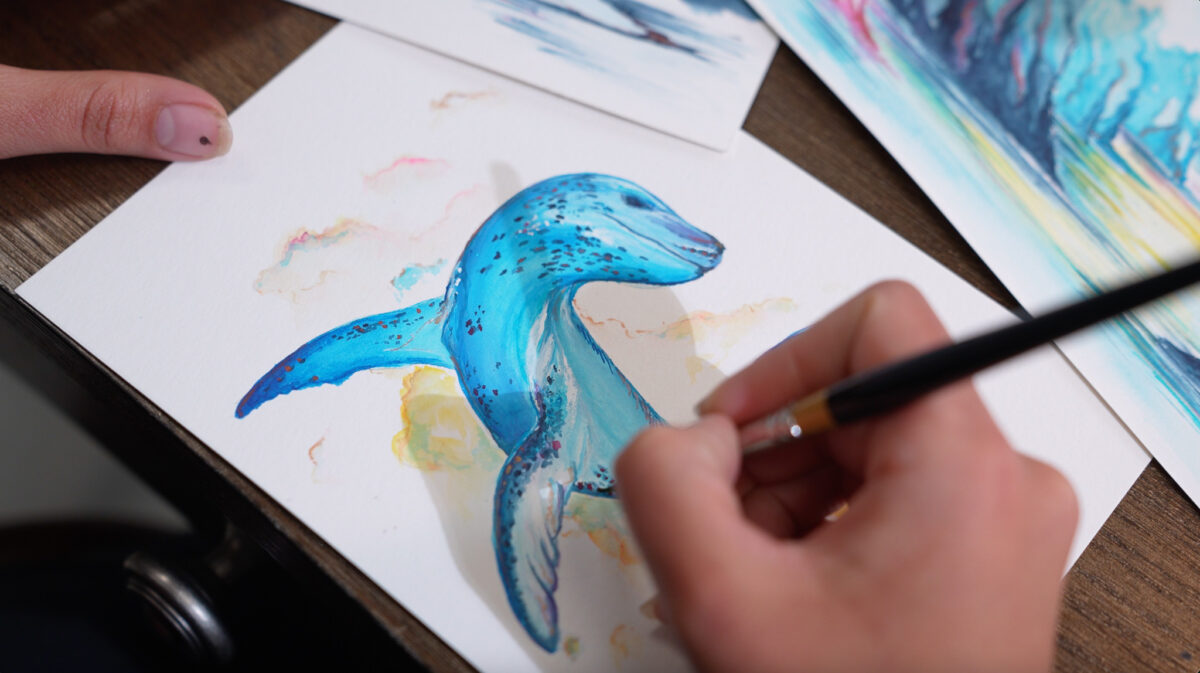
Antarctica exposed me to the dynamic reality of our oceans that I had been beginning to piece together throughout the year. The oceans provide key services for us, from resources, to oxygen, to climate stability, to supporting our livelihoods and our cultural practices. Even the most remote ocean ecosystems are contributing to the delicate balance of our earth, and now this balance is changing. It is up to us to protect it and now is the critical time where the decisions we make in the next few years have a profound impact on our futures. Antarctica allowed me to challenge myself with my first experience in extremely cold water and intrigued me with its austere beauty and incredible wildlife.
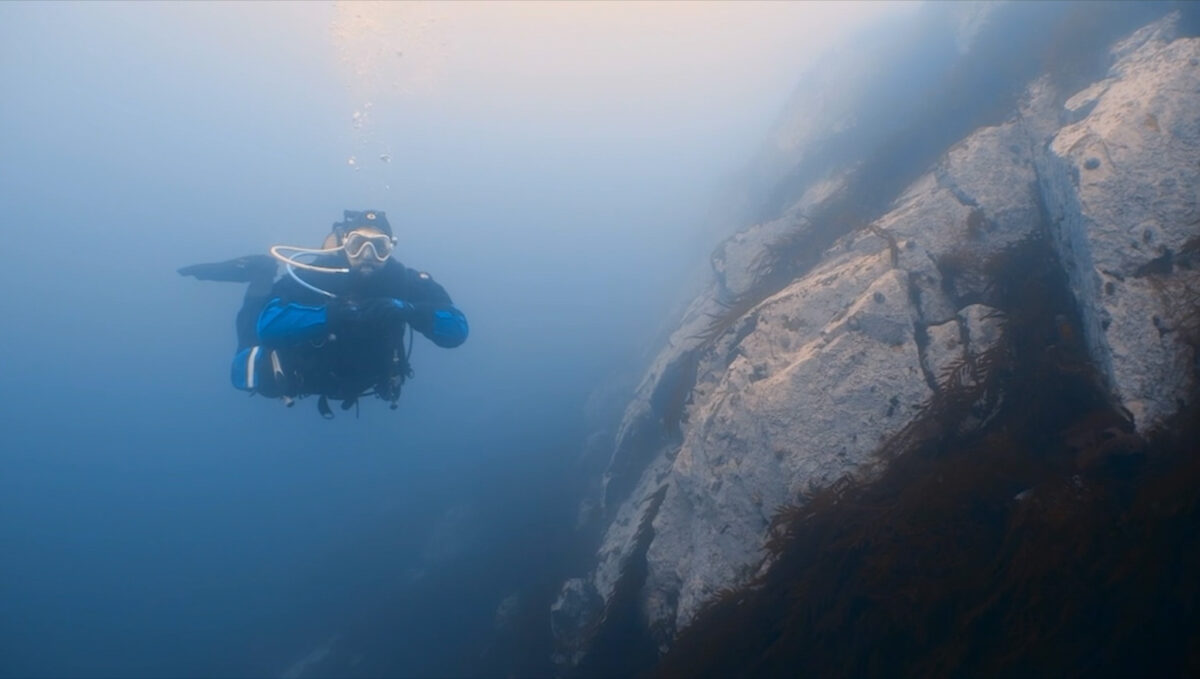
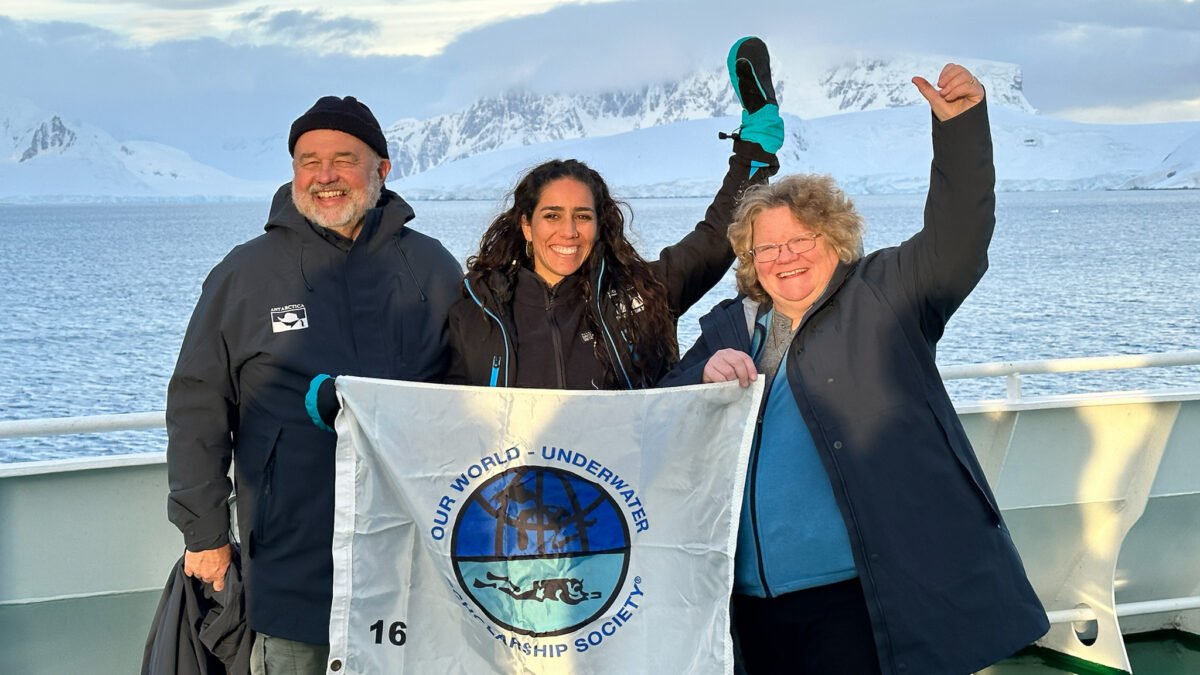
I want to thank Blue Green Expeditions and Oceanwide Expeditions for having me on board their Antarctic Dive Exploration trip. Also a huge thank you to Rolex, Our World-Underwater Scholarship Society, Divers Alert Network, and my product sponsors Aqua Lung, Diving Unlimited International (DUI), Fourth Element, Halycon, Light and Motion, Nauticam, and Reef Photo and Video for making these opportunities possible.